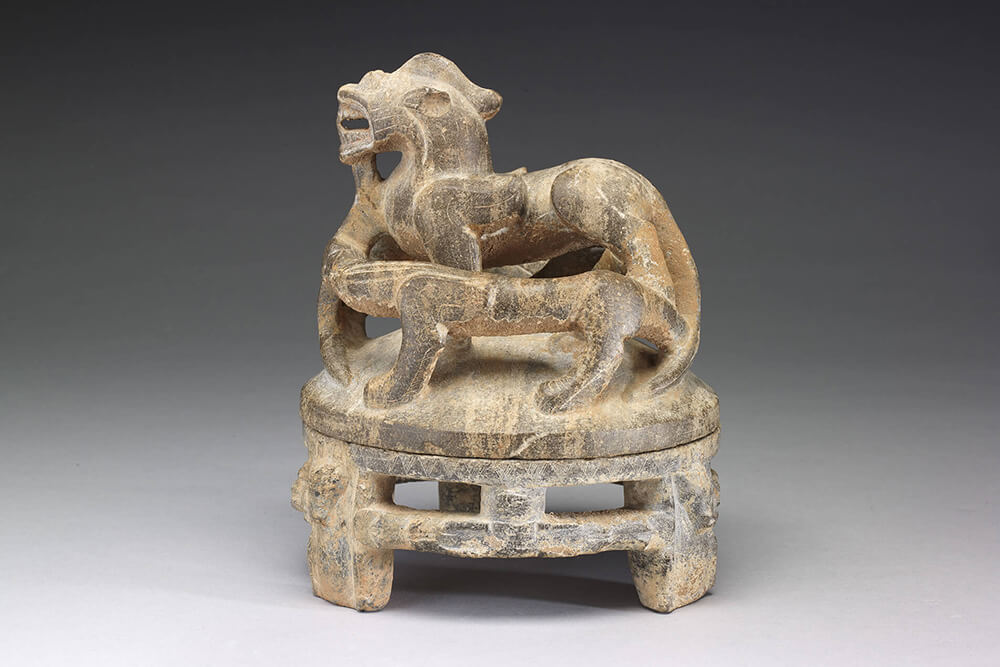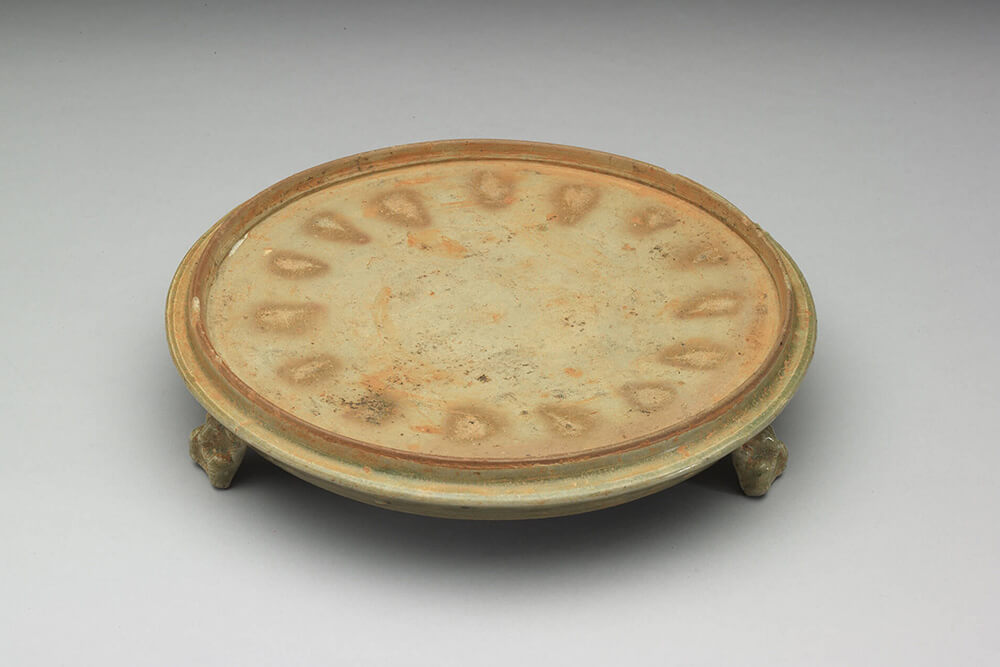The Birth of Inkstone Styles
An inkstone, or "yan" in Chinese, is a tool used for grinding inksticks into ink. Hence, the basic functions and structure of an inkstone consist of a grinding surface called the "yan tang" and an ink reservoir called the "mo chi" or "inkwell." Inkstones are primarily made of stone or refined clay. Now that you have this information, you can imagine what an inkstone might look like.
Early Inkstone Styles
The earliest artifacts that can be called "inkstones" in archaeological discoveries are the slab inkstones from the Warring States Period to the Han Dynasty. They were mostly made from natural stones, with a smooth and polished surface, and equipped with a grinding stone. During the Eastern Han Dynasty, three-legged inkstones made of stone materials with animal-shaped lids gained popularity. In tombs from the Six Dynasties, Sui Dynasty, and Tang Dynasty, multi-legged round inkstones were constantly unearthed, and they later became one of the traditional forms of inkstones imitated during the Song and Yuan Dynasties.





